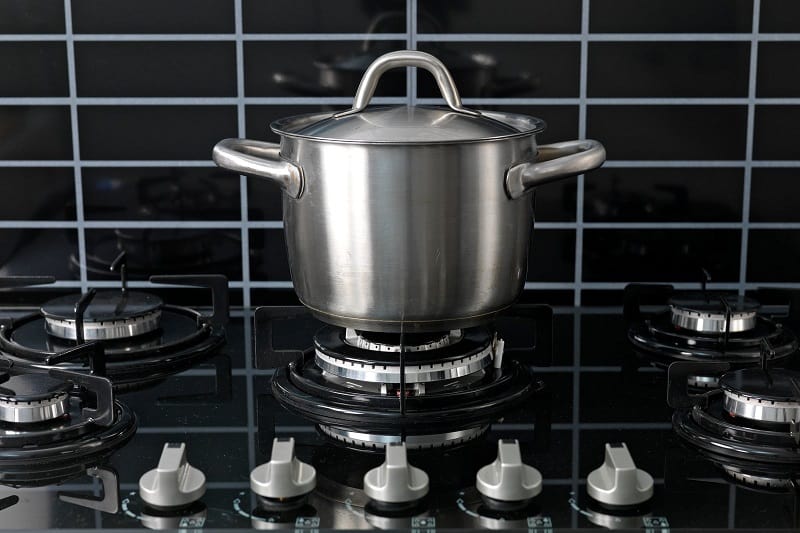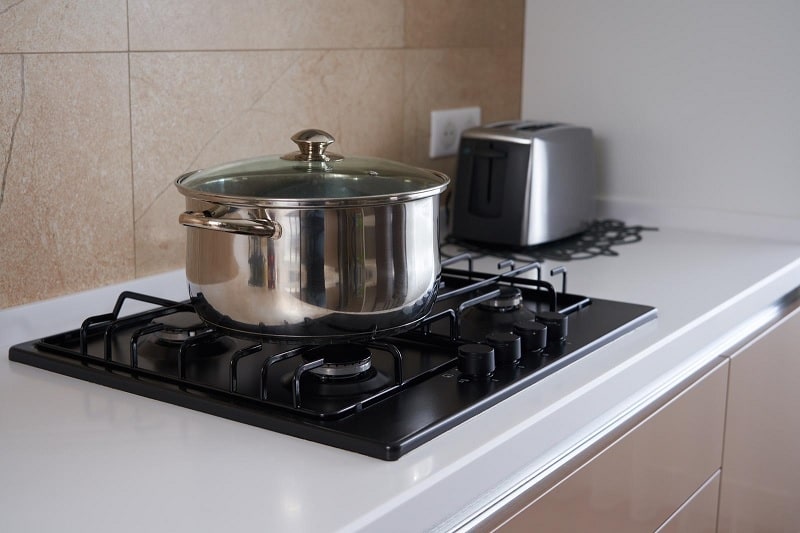Metal is generally considered one of the most robust materials available, but when it’s used consistently and faced with pressure such as heat, water, cleaning chemicals, etc., it won’t last forever.
Some pans last longer than others, and stainless steel is pretty robust, right? But how long do stainless steel pans last before they need to be replaced?
How Long Do Stainless Steel Pans Last?
As with many things, there is no solid answer as to how long your stainless-steel pan will last. It can vary depending on several factors, such as thickness or “gauge”, whether or not your pan is well-maintained or not, and so on.
The general rule of thumb is, if your stainless-steel pan is looked after properly, it will last you a lifetime.
How to Maintain Your Stainless-Steel Pan
With most forms of cookware, the better it’s treated, the longer it will last. Stainless steel is no exception. To be sure your pan will reward you with loyalty (and countless scrummy meals), you will need to treat it with a bit of respect.
The golden rules:
- Avoid metal utensils that will cause scratches to the surface of your pan.
- Clean it immediately after use. Do not leave food in it to cool, as you’ll run the risk of scratching or corroding it while scrubbing it clean later.
- Avoid wire-wool cleaning sponges. If your stainless-steel pan is a mission to clean, it is wise to soak it in warm, soapy water for a while and then gently clean it with a soft sponge or cloth.
- Don’t overheat your pan while cooking, or expose it to high temperatures over a prolonged period of time.

The Benefits of Cooking with Stainless Steel
Stainless steel is a popular cookware choice for many cooks (domestic or commercial), because it is a robust material. It can withstand frequent exposure to pressure, heat and liquids without rusting or eroding. And unlike Teflon or other non-stick pans, it won’t chip.
Also, stainless steel pans are low-maintenance (particularly in comparison to other metals, such as cast iron), and they won’t react to acidic foods. Another bonus is there are no toxins involved.
Other benefits include being one of the more reasonably-priced cooking materials on the market. It’s also one of the more sustainable types of cookware you can buy, because stainless steel is recyclable.
Oh, and they’re easy to clean, and pretty stylish too!
The Disadvantages of Cooking with Stainless Steel
Nothing is perfect and stainless steel does have a few flaws to its name, such as it can be prone to food sticking easily. Also, it isn’t the fastest conductor of heat, and can be prone to not distributing heat evenly during the cooking process.
What Is Stainless Steel?
Stainless steel is an alloy of iron with chromium, which together forms a rust-resistant material. Chromium creates a thin layer on the surface of the steel, which also prevents any further corrosion.
Stainless steel can also contain variable amounts of carbon, manganese, silicon, nickel, and molybdenum, depending on the manufacturer.
Conclusion
So, we have learned that if well-looked-after, your stainless-steel cookware could quite literally last you a lifetime.
We’ve also discovered that there are things to do (and to avoid) to get the most longevity out of your stainless steel cookware, such as being mindful of the types of utensils you use, and to avoid any practises (such as letting food cool in your pan) that may shorten your pan’s lifespan.
The bottom line is stainless steel is robust, long-lasting, safe to use, and even eco-friendly!

Clara is a freelance writer and former chef. Though she may have hung up her apron, her love of food and cooking is still going strong! When she’s not whipping up a verbal storm, she’ll be in her kitchen sipping wine and whipping up a culinary storm.







